UK CPI rose 0.6% mom in July, largest monthly rise between June and July since the start of the series in 1988. The food and non-alcoholic beverages, and transport divisions made the largest upward contributions.
For the 12 month period, CPI accelerated from 9.4% yoy to 10.1% yoy, above expectation of 9.8% yoy. Indicative models suggest that CPI was last high in 1982, estimated at around 11%. Core CPI accelerated from 5.8% yoy to 6.2% yoy, below expectation of 6.4% yoy.
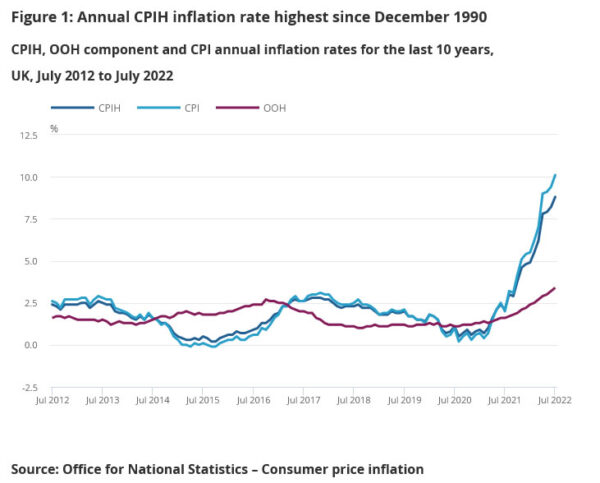
Full CPI release here.
RPI rose 0.9% mom, 12.3% yoy, versus expectation of 0.8% mom, 12.9% yoy. PPI input came in at 0.1% mom, 22.6% yoy, versus expectation of 1.0% mom, 24.8% yoy. PPI output was at 1.6% mom, 17.1% yoy, versus expectation of 1.6% mom, 17.6% yoy. PPI core output was at 1.0% mom, 14.6% yoy, versus expectation of 0.0% mom, 15.9% yoy.




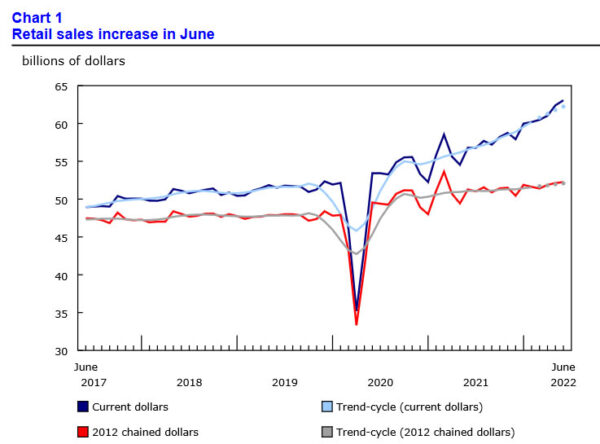
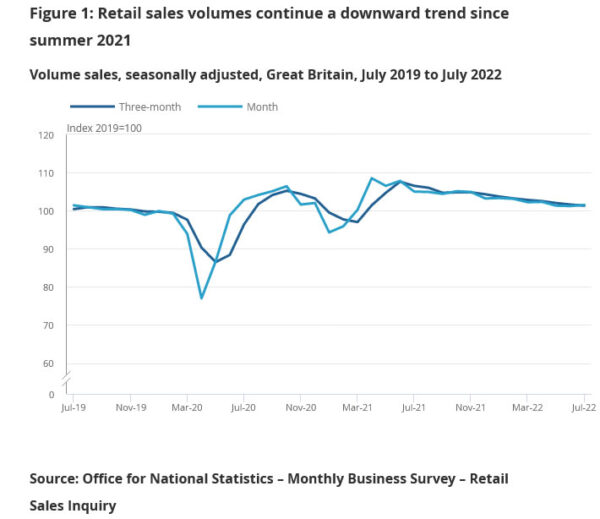
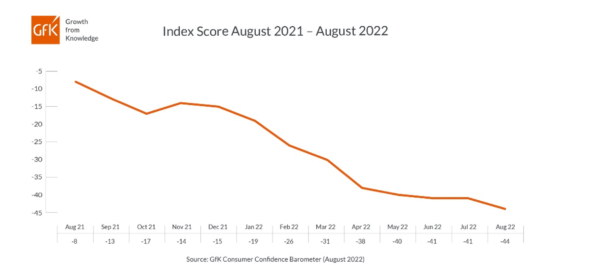
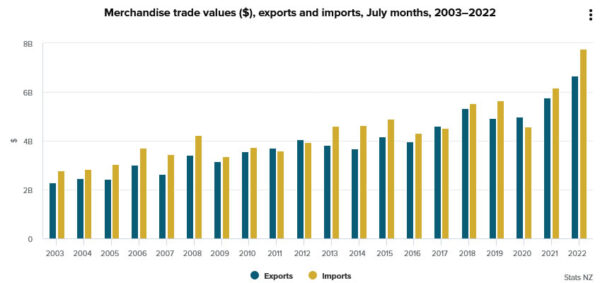
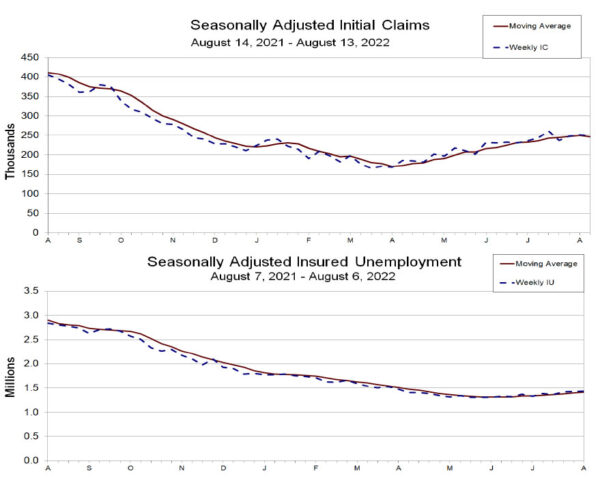


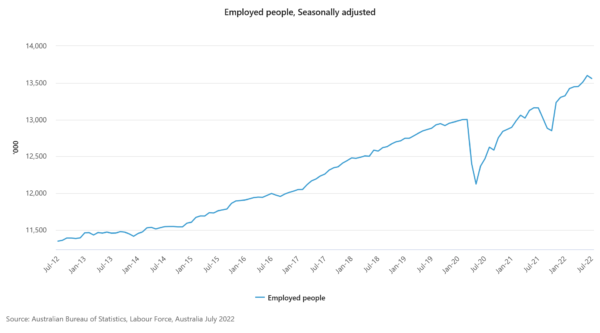
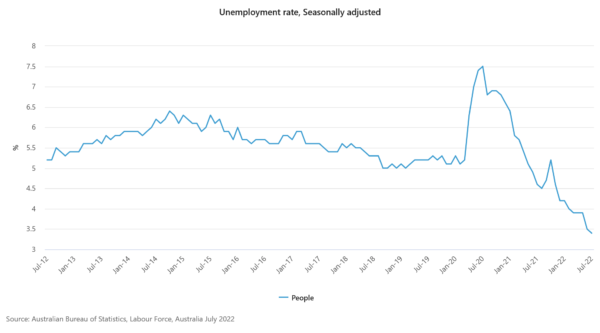
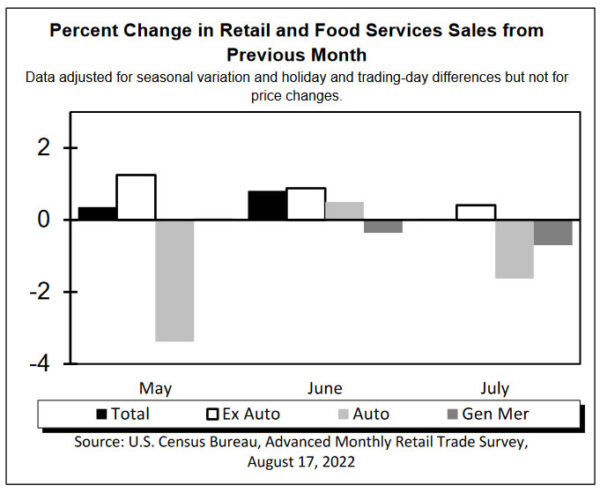

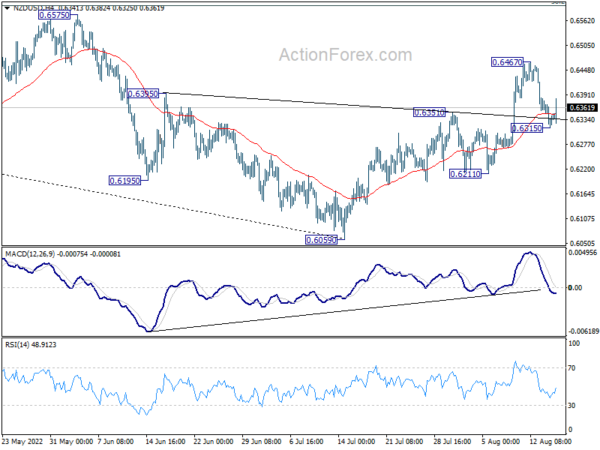
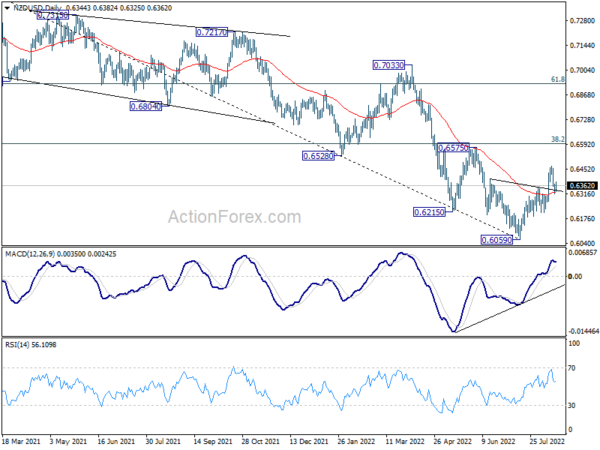
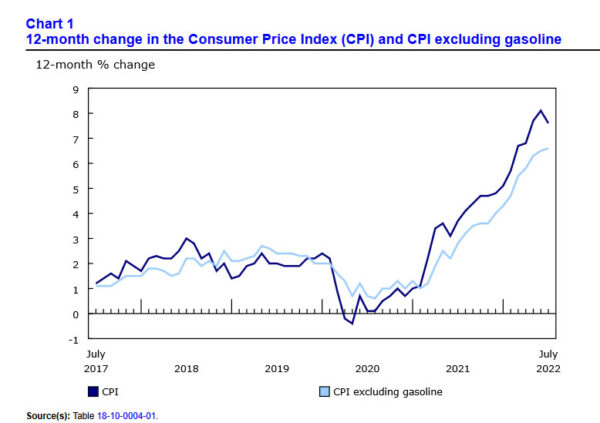
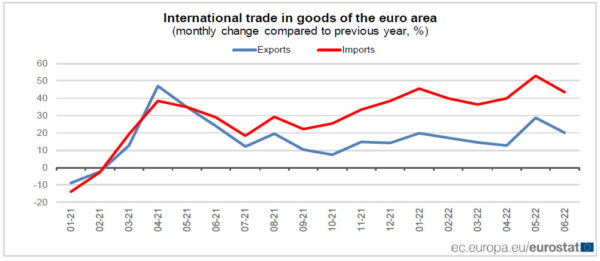

Bundesbank Nagel: Further interest rate hikes must follow
Bundesbank President Joachim Nagel told Rheinischen Post, “the probability is rising that inflation will be higher than previously forecast and will average six point something next year.” That compares with Bundesbank’s prior projection of 4.5% inflation in 2023. “With the high inflation rates, further interest rate hikes must follow,”he added.
Nagel also admitted that the German economy is “likely” to suffer a recession over winter, if energy crisis continues to deepen, as it’s among the most exposed to Russian gas disruptions.